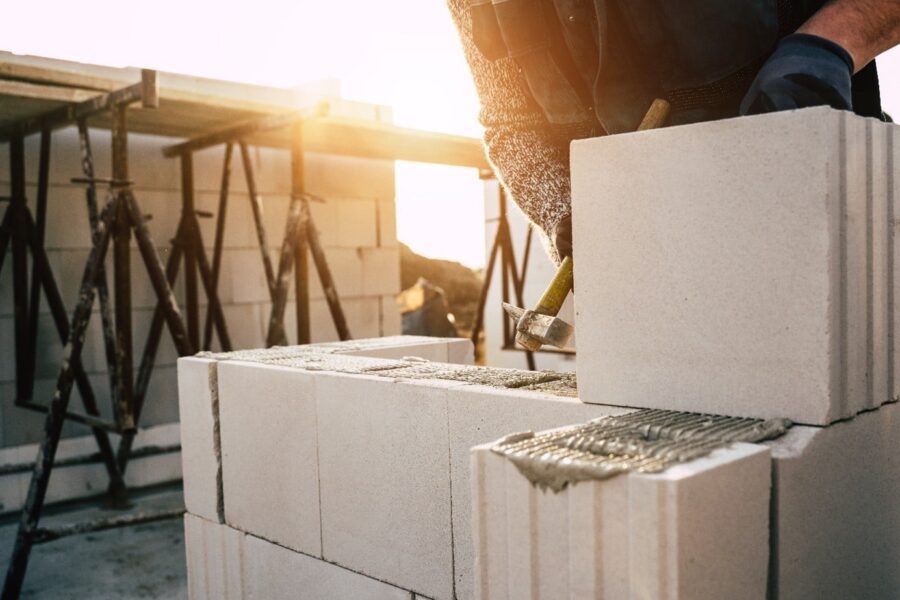Introduction:
The strength of a building is the cornerstone of its durability and resilience. Construction specialists play a pivotal role in ensuring that structures can withstand the test of time, environmental forces, and daily usage. This blog explores the multifaceted approach construction specialists take to guarantee the strength of a building, combining both artistry and scientific precision.
Understanding Structural Engineering:
1. Site Analysis:
Before the first brick is laid, construction specialists conduct a thorough site analysis. This involves assessing soil conditions, potential geological hazards, and the overall topography. Understanding the site’s characteristics is crucial in determining the appropriate foundation design to support the structure.
2. Foundation Design:
The foundation is the bedrock upon which the entire building rests. Construction specialists collaborate with structural engineers to design foundations that distribute the weight of the structure evenly, preventing settlement or subsidence. This phase involves selecting the right type of foundation, be it shallow or deep, based on soil conditions and building requirements.
3. Material Selection:
The choice of construction materials significantly impacts a building’s strength. Construction specialists work closely with material engineers to select materials that offer the required structural integrity. From concrete and steel to innovative materials like fiber-reinforced polymers, each component is chosen with careful consideration of its strength, durability, and compatibility with the overall design.
Artistry in Structural Design:
1. Architectural Considerations:
While structural engineering forms the backbone of building strength, construction specialists collaborate with architects to ensure that structural elements align with the aesthetic vision of the project. This includes integrating load-bearing elements seamlessly into the design without compromising visual appeal.
2. Balancing Form and Function:
Construction specialists strike a delicate balance between form and function. The layout of spaces, the placement of walls, and the integration of architectural features must align with structural requirements. This fusion of art and science ensures that the building not only stands strong but also fulfills its intended purpose with practical and aesthetically pleasing design.
Scientific Precision in Construction:
1. Load-Bearing Calculations:
Construction specialists engage in meticulous load-bearing calculations to determine how different components will support applied loads. This includes assessing dead loads (permanent, fixed loads) and live loads (variable loads like people and furniture). The goal is to ensure that every part of the structure can withstand the stresses it will encounter throughout its lifespan.
2. Computer-Aided Design (CAD):
Modern construction relies heavily on computer-aided design tools. Construction specialists use CAD software to model structures in three dimensions, allowing for precise visualization and analysis. This technology aids in identifying potential weak points and optimizing designs for maximum strength and efficiency.
3. Testing and Quality Control:
Rigorous testing is a fundamental aspect of ensuring building strength. Construction specialists oversee various tests, such as material strength tests, load tests, and structural integrity tests. Quality control measures are implemented to confirm that materials meet specifications, ensuring that the building is constructed with components of the highest quality.
Construction Management and Supervision:
1. Skilled Workforce:
Construction specialists assemble and lead a skilled workforce, including architects, engineers, and construction workers. Effective communication and collaboration are essential to ensuring that every member of the team understands and executes their role in upholding the building’s strength.
2. Adherence to Building Codes:
Building codes are established to guarantee the safety and strength of structures. Construction specialists meticulously adhere to local and international building codes, ensuring that every aspect of the construction process meets or exceeds regulatory standards.
Ongoing Maintenance and Evaluation:
1. Regular Inspections:
Even after a building is completed, construction specialists remain involved in its ongoing maintenance. Regular inspections are conducted to identify any signs of wear, potential weaknesses, or issues that may compromise structural integrity. Timely repairs and maintenance activities are implemented to address these concerns.
2. Adaptability for Future Needs:
Construction specialists design buildings with adaptability in mind. As the needs of occupants or functions change, the structure should be able to accommodate modifications without compromising its strength. This forward-thinking approach ensures the longevity and relevance of the building.
Conclusion:
Ensuring the strength of a building is a dynamic and collaborative process that requires a harmonious blend of artistic vision and scientific precision. Construction specialists navigate the complexities of structural engineering, materials science, and architectural design to create structures that not only stand the test of time but also contribute to the visual and functional landscape of our built environment. In the hands of skilled construction specialists, the strength of a building becomes a testament to the marriage of artistry and scientific rigor, shaping resilient structures that endure for generations.



